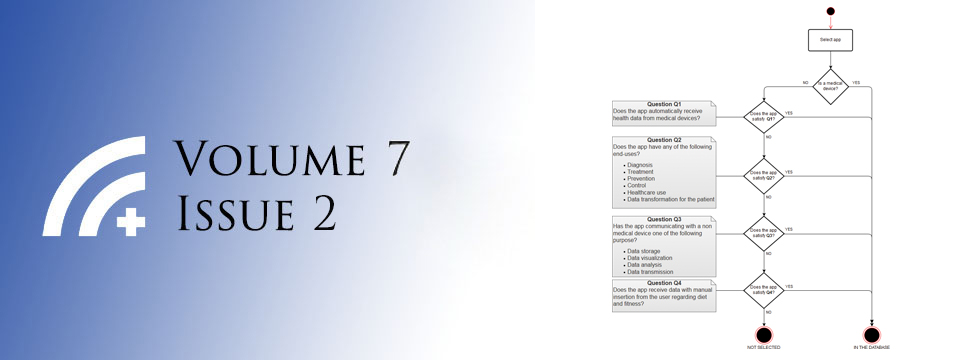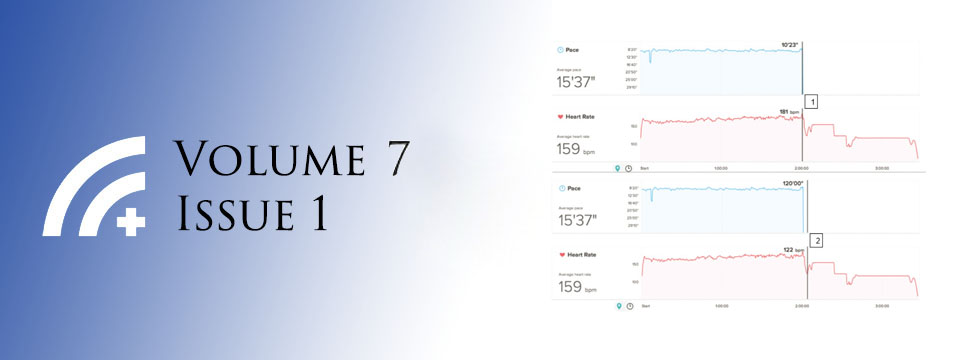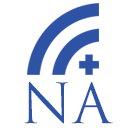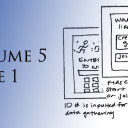Posted on Jun 19, 2016 in News |
Australian startup CancerAid will launch in Asia with the Hong Kong Integrated Oncology Centre.
The biggest problem cancer patients and their families face is digesting the bewildering amount of information they are given throughout their journey.
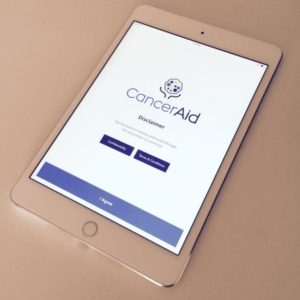
CancerAid app. Photo courtesy of Dr Nikhil Pooviah, Founder of CancerAid
CancerAid aims to solve this problem by providing a secure communication and information portal for the millions of people affected by cancer worldwide.
CancerAid was founded in Sydney in 2014 by radiation oncology doctor, Nikhil Pooviah. Its mobile app features, such as the Journey Organiser and Treatment Plan, will help patients keep track of appointments and record information they can then share with their loved ones and treating team. The app can be personalised to each patient’s individual cancer subtype and treatment program. Patients will also be able to access help from Allied Health members, and be able to communicate with cancer specialists who are registered with the program.
CancerAid will launch in Australia later in 2016.
canceraid.com.au
By: Dr Louise Teo
Posted on Mar 28, 2016 in Featured |
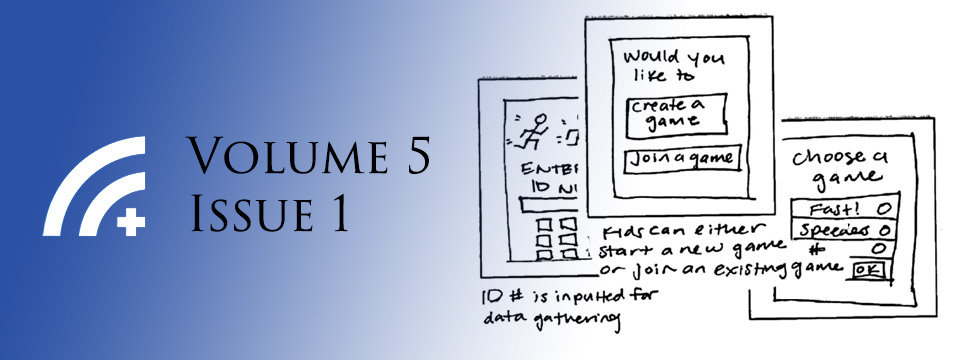
The Editorial Board at the Journal of Mobile Technology in Medicine is proud to present Volume 5, Issue 1. Mobile technology in Medicine is a rapidly developing area, and we hope to continue accelerating research in the field. We look forward to your submissions for Issue 2.
Posted on Mar 28, 2016 in Original Article |
Adamos Hadjipanayis, Prof.1, Alexios Klonis, Dr2, Omar Assem Abdel-Mannan, Dr3, Alastair G Sutcliffe, Dr4
1Assistant Professor of Paediatrics, Faculty of Medicine, European University Cyprus, Cyprus; 2School of Clinical Medicine, University of Cambridge, United Kingdom; 3Academic Clinical Fellow, General and Adolescent Paediatric Unit, Institute of Child Health, United Kingdom; 4Professor of General Paediatrics, Institute of Child Health, UCL, United Kingdom
Corresponding Author: Adamos@paidiatros.com
Journal MTM 5:1:3–8, 2016
doi:10.7309/jmtm.5.1.2
Introduction: Smartphones have become universal among the general public since their launch in 2007. Alongside this, the use of smartphones and mobile medical applications (apps) by clinicians has risen exponentially.
Objectives: The aim of this study is to present the current prevalence of smartphone ownership among Cypriot paediatricians and the patterns of their use in everyday clinical practice.
Study design: A standardized telephone survey was conducted by trained interviewers on a random sample of all 225 currently registered and active paediatricians across all districts of Cyprus.
Results: From a total of 78 randomly selected eligible participants, 75 (96%) paediatricians agreed to participate in the study. The majority of physicians reported that they owned a smartphone (n =53, 71%) and the rest (n=22, 29%) used a Symbian phone as their primary device. Of those who owned a smartphone, 40% (n=21) reported using at least one app related to their clinical work. The mean number of applications used by these users was 3.5. The majority (44/53, 83%) responded that they did not use their smartphone as a tool for managing patient appointments, while 9 out of the 53 (17%) responded positively. Over 80% of participants used their smartphone to take or receive a picture or a video from their patients for professional purposes.
Conclusion: This study found a high level of smartphone ownership and usage among medical Cypriot paediatricians, corroborating with previous literature for other specialties in other countries. Despite the benefits they offer, more rigorous validation practices regarding mobile medical apps need to be established to ensure they are used safely and appropriately.
Posted on Mar 28, 2016 in Editorial |
Rahul Chakrabarti, Dr1
1Chief Editor, Journal of Mobile Technology in Medicine
Journal MTM 5:1:1–2, 2016
doi:10.7309/jmtm.5.1.1
Dear Readers,
It is with great pleasure that we introduce the first issue of the fifth volume of the Journal with a diverse range of papers that illustrate the broad engagement of mobile health technologies to target the spectrum of socioeconomic groups in society. Currently the mHealth developers stand at the precipice of the greatest rate in growth of mHealth related apps. Results published in the mhealth App Developer Economics Survey in 2015 showed that the number of mHealth apps has now exceeded 165,000.1 However, with only 5 per cent of apps being developed from Africa and South America combined (compared to 72% from Europe and North America) there clearly remains a challenge in developing and implementing apps for low-resource settings.
Posted on Mar 28, 2016 in Perspective Pieces |
Megan Emma Smith1
19 Meynell Gardens, E9 7AT 07525 432915, London
Corresponding Author: megan.smith@doctors.org.uk
Journal MTM 5:1:52–61, 2016
doi:10.7309/jmtm.5.1.8
Posted on Mar 27, 2016 in Original Article |
Andrew Buchholz, DO MPH, LT, MC, USN1, Brittany Perry, DO2, Lucia Beck Weiss, MS3, Danielle Cooley, DO3
1Naval Medical Center Portsmouth, Directorate for Mental Health, Portsmouth, VA, USA; 2Alfred I. DuPont Hospital for Children, Wilmington, DE, USA; 3Rowan University School of Osteopathic Medicine, Department of Family Medicine, Stratford, NJ, USA
Corresponding Author: andrew.c.buchholz.mil@mail.mil
Journal MTM 5:1:27–32, 2016
doi:10.7309/jmtm.5.1.5
Background: Smartphones have become mainstream, including in the healthcare setting. However, little formal research has been performed to examine mobile medical technology.
Aims: To examine smartphone use and perceptions among medical students and physicians in a statewide medical university.
Methodology: An IRB approved 23-item survey eliciting smartphone use and perceptions was developed by the research team and an e-mail invitation for participation was sent to all medical students, resident and attending physicians in three medical schools.
Results: A total of 544 surveys were submitted; 347 were completed and analyzed. 93.9% of respondents had smartphones, with no significant difference between students and physicians. Of those with the technology, 82.9% stated they have used it at least once in a clinical setting. Respondents perceived fast access to information to be the greatest benefit to mobile medical technology (96.6%), as well as simplified access (75.5%). Greatest perceived barriers to using this technology were uncertainty about available applications (39.4%) and inexperience (23.4%). There was no significant difference between students and physicians with regard to either category. Concerning patient-centered applications, assistance with lifestyle modification (78.8%) and increased adherence to treatment plans (73.8%) were agreed upon as potential benefits. Greatest perceived barriers to recommending this technology were added cost to the patient (52.6%) and concerns about patient self-diagnosis (47.7%), with no significant difference found between students and physicians.
Conclusion: These data demonstrate smartphone usage is prominent in the healthcare setting and indicates strong agreement regarding its benefits and barriers. Implementing smartphone education into medical curricula may be beneficial to healthcare providers.


